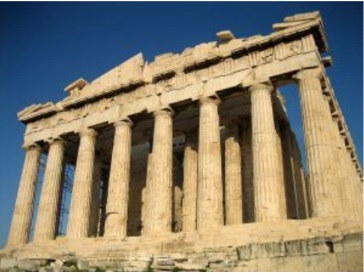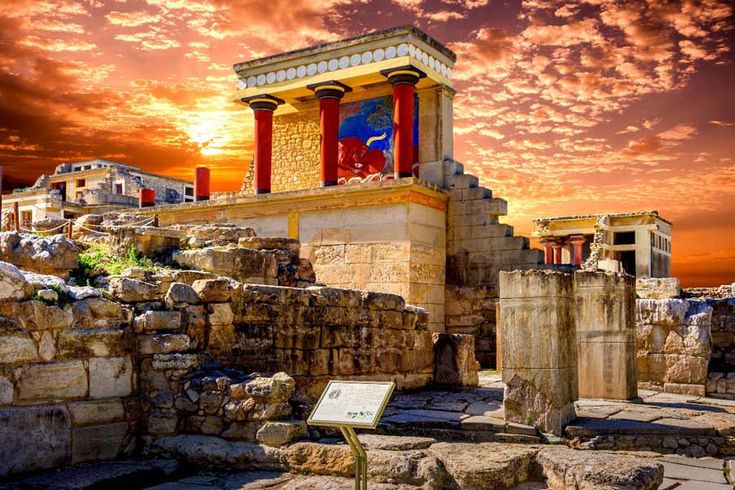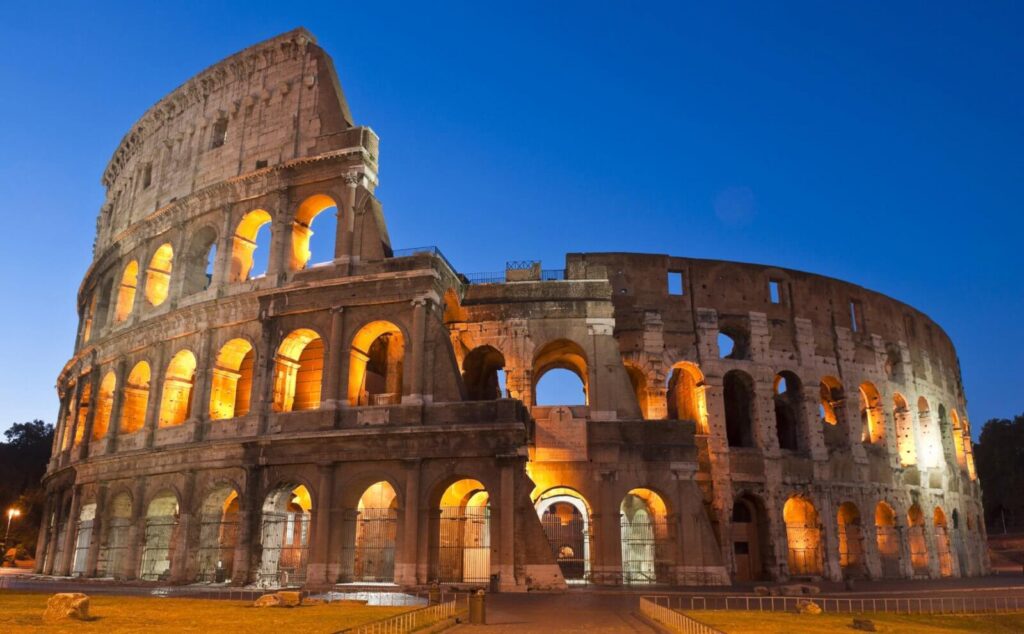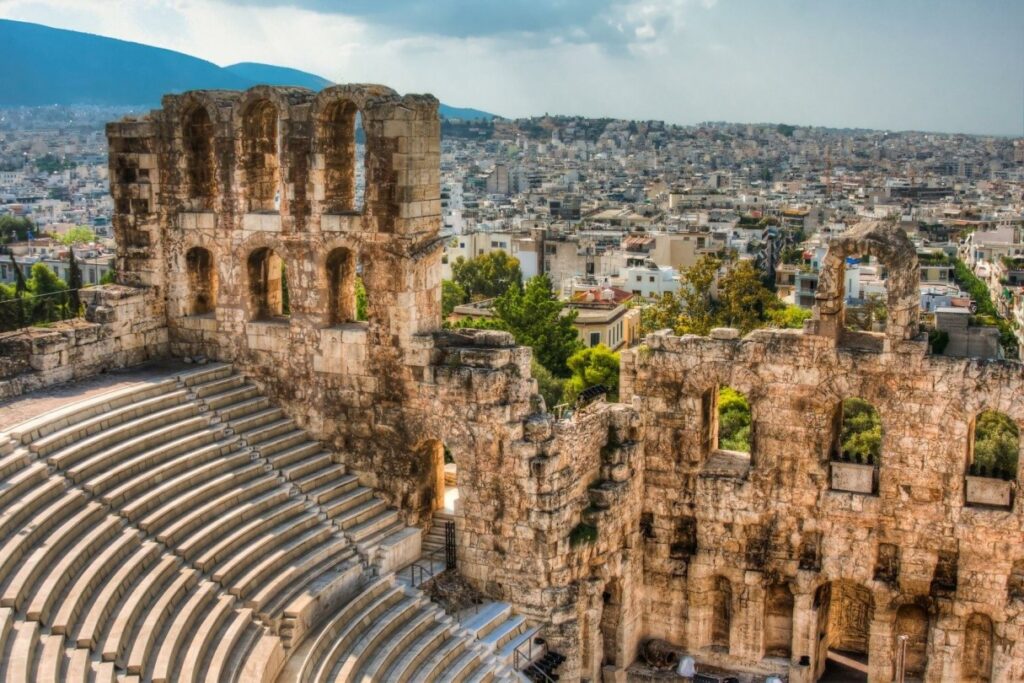History of Greek architecture
Before the Archaic period began in Greece, two cultures dominated there: Mycenaean and Minoan. Minoan culture developed on Crete, where richly decorated palaces were built. The Mycenaean culture that developed in the Peloponnese had a completely different character, with citadels, fortifications and tombs remaining. Both civilizations ceased to exist around 1100 BC after the invasion of the Dorians, who lived in mainland Greece. The cities that the Dorians founded were ruled by aristocracy and later by tyrants. The two most powerful cities at that time were Sparta and Athens, where the Ionian tribe from Asia Minor had strong influence.
The culture of ancient Greece, along with the Greek way of building, developed in mainland Greece,
in the Peloponnese, on the islands of the Aegean Sea and in Asia Minor.


Greek temples
Construction in ancient Greece was focused primarily on matters related to worship. From ancient times, the Greeks built numerous temples in which they worshiped the gods from their extensive pantheon.
Greek religious buildings were built mainly on a rectangular plan, with a roof supported by entablatures and supported by columns (cf. intercolumnium). The different types of temples are: templum in antis, temple in double antes, prostalos, amphiprostylos, peripteros, pseudoperipteros, pseudodipteros.
A special category of cult-related objects were mausoleums, whose name refers to the monumental burial structure of Mausoleus in Halicarnassus.

Architecture of Greek theaters
Theatres, built in the open air, are characteristic of Greek architecture. The roots of Greek theater are related to cult, primarily with rites in honor of Dionysus. Originally, the audience gathered on the slope of the hill, and the performances took place in the square below. Later, temporary, non-permanent structures were used.
Finally, in the 5th century BC theaters built of stone began to appear; the oldest preserved object of this type dates back to 350 BC.

Made by Wojciech Kubiak
Sprawdź również wersję polska artykułu–>